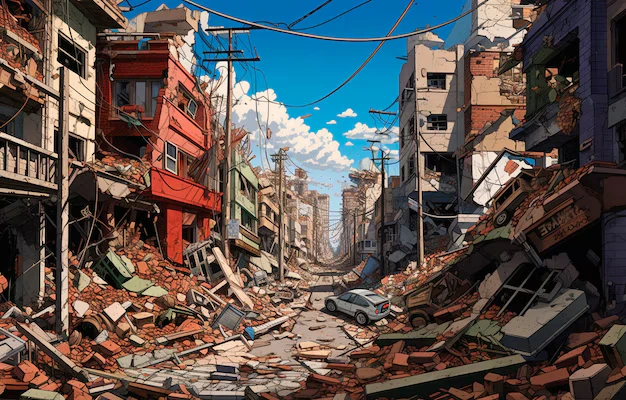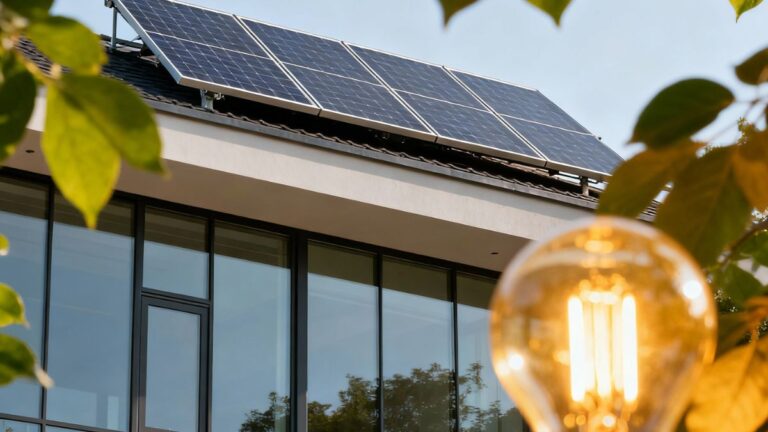
Representative Image
A powerful earthquake measuring 7.1 on the Richter scale struck Kathmandu early on Tuesday, January 7, 2025. The earthquake’s epicenter was located in Dinggye, China, according to the National Earthquake Measurement Centre. Tremors from the quake were also felt in Madhubani, Bihar, and surrounding areas in Nepal, including Kavrepalanchwok and Dhading districts.
Impact and Response:
- Kathmandu: The quake sent people into panic, causing them to rush out of their homes. However, there have been no reports of significant damage so far.
- Nepal’s Namche Region: The tremors were strongly felt in high-altitude areas near Mount Everest, with government official Jagat Prasad Bhusal reporting that everyone was awake, though the extent of the damage was still unclear.
- Bihar’s Madhubani: People in this region also felt the tremors, though no damage has been reported from there.
The earthquake occurred at 6:50 AM local time and was followed by several aftershocks. Authorities are continuing to monitor the situation, and more updates are awaited.
A huge #earthquake measuring 7.1 on the Richter scale has hit Nepal and the tremors could be felt as far as Bihar & the NCR regions in India as well as the Tibet border. Hoping for the safety of everyone. #Earthquakes pic.twitter.com/MTdfMEztgv
— Tehseen Poonawalla Official 🇮🇳 (@tehseenp) January 7, 2025
Tibet Earthquake
Earlier on Tuesday morning, a magnitude 6.8 earthquake struck near Shigatse, one of Tibet’s holiest cities. The earthquake, which occurred at 9:05 AM (0105 GMT), was centered at a depth of 10 km. The tremor caused building damages in the region, with crumbled shop fronts seen in footage from the nearby town of Lhatse. People fled into the streets in Tibet, and the tremors were felt in neighboring Nepal and India as well.
Earthquake
An earthquake is the shaking of the surface of the Earth resulting from a sudden release of energy in the Earth’s lithosphere. This energy release creates seismic waves, which cause the ground to shake and can result in significant damage, especially near the epicenter. Here are some key elements to understand:
1. Causes of Earthquakes
- Tectonic Plate Movements: The most common cause, where Earth’s crust is divided into several large and small plates. These plates are constantly moving, and when they collide, slide past, or pull away from each other, they can cause earthquakes.
- Volcanic Activity: Earthquakes can also occur as a result of volcanic eruptions, where magma forces its way to the surface, creating pressure and seismic activity.
- Human Activities: Activities such as mining, reservoir-induced seismicity (due to the filling of large reservoirs), and even hydraulic fracturing (fracking) can cause minor earthquakes.
2. Key Terminology
- Epicenter: The point on the Earth’s surface directly above the focus (origin) of the earthquake. This is typically where the strongest shaking occurs.
- Focus (Hypocenter): The point beneath the Earth’s surface where the earthquake starts. It is the origin of the seismic waves.
- Seismic Waves: The energy released by the focus travels through the Earth in the form of seismic waves. There are two main types:
- P-Waves (Primary waves): The fastest type of seismic wave that travels through solids, liquids, and gases.
- S-Waves (Secondary waves): These waves travel more slowly and only move through solids, causing ground motion.
- Magnitude: A measure of the energy released by the earthquake. The most commonly used scale is the Richter scale.
- Intensity: A measure of the effects of the earthquake, which can vary depending on location. The Mercalli Intensity Scale is used for this.
3. Earthquake Magnitude Scales
- Richter Scale: Measures the magnitude of an earthquake. A higher number indicates a more powerful earthquake. For example, a 7.0 magnitude earthquake is significantly more powerful than a 5.0.
- Moment Magnitude Scale (Mw): Used for larger earthquakes, as it provides a more accurate measurement of an earthquake’s size.
4. Effects of Earthquakes
- Ground Shaking: This is the most noticeable effect of an earthquake and can cause buildings to collapse, landslides, and surface ruptures.
- Surface Rupture: The displacement of the ground along a fault during an earthquake.
- Tsunamis: Earthquakes occurring under the ocean can generate large ocean waves, or tsunamis, which can flood coastal areas.
- Liquefaction: The process where saturated soil temporarily loses its strength due to shaking and behaves like a liquid, causing structures to sink.
5. Aftershocks
After the main earthquake event, smaller tremors known as aftershocks can occur. These are often weaker but can still cause damage to already weakened structures.
6. Seismic Safety Measures
- Building Codes: Construction standards that ensure buildings are designed to withstand seismic forces.
- Early Warning Systems: Technologies that detect the initial seismic waves and alert people seconds before the stronger shaking arrives, allowing them to take protective actions.
- Preparedness Plans: Educating communities on earthquake safety procedures, including evacuation routes and how to “Drop, Cover, and Hold On” during shaking.
Also Read: Justin Trudeau Resigns: A Turning Point for Canada, India, and the USA


